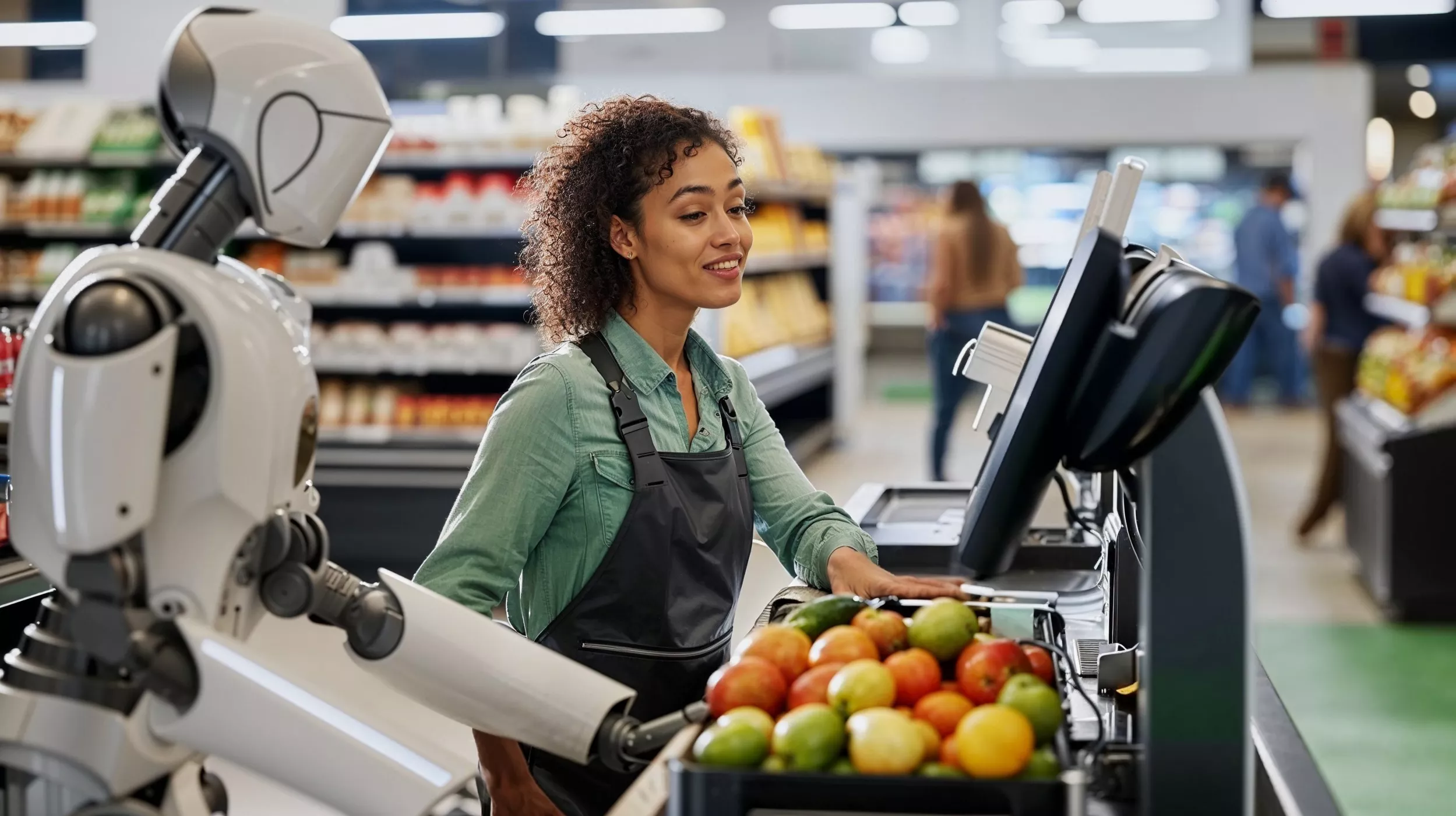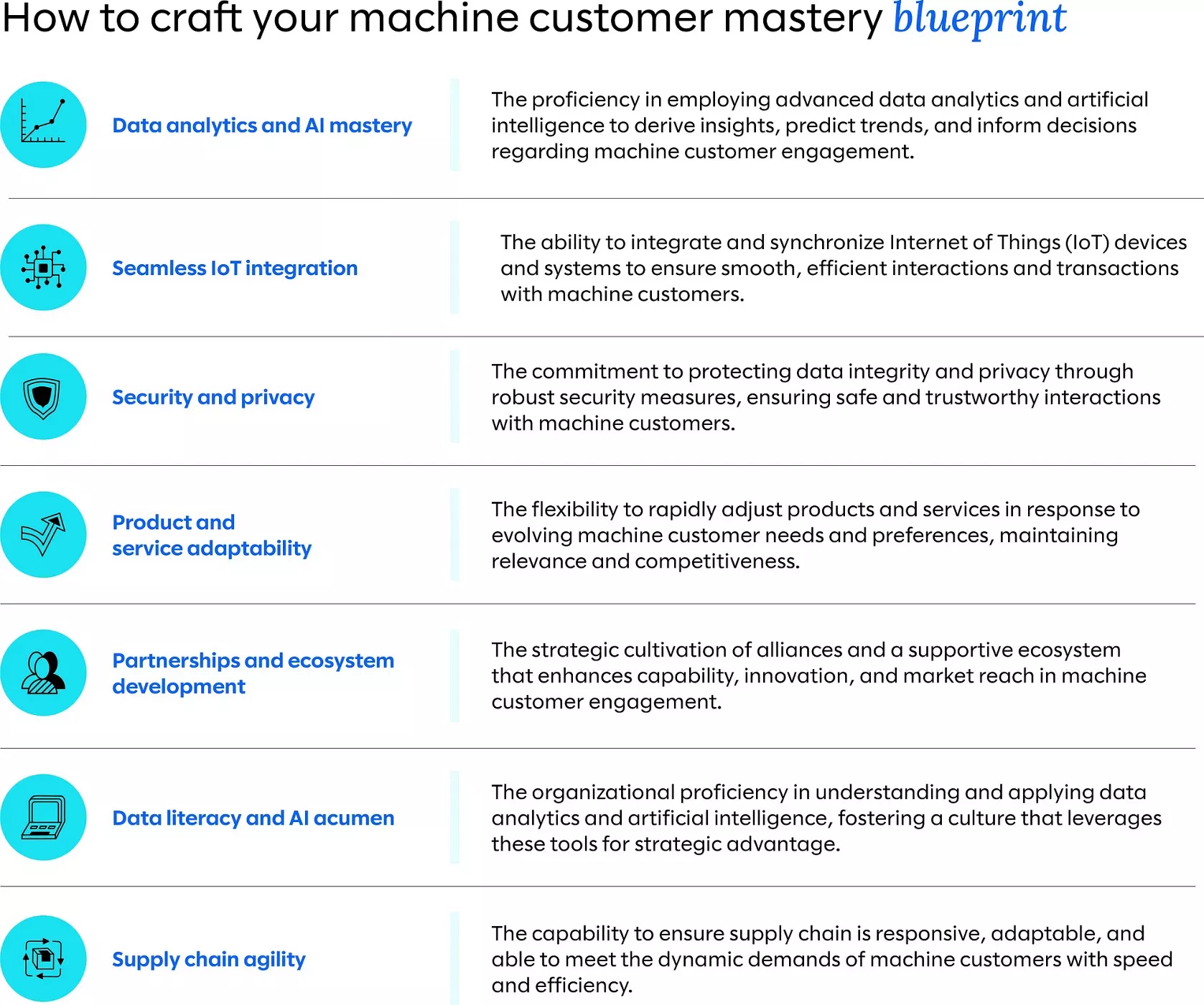Your future customer is a machine

Welcome to the machine
The concept of “machine customers” has emerged from an IoT afterthought to a customer segment demanding attention. These AI-driven entities are drastically altering the consumer landscape and the strategies of retailers, marketers, and technologists across industries.
Unlike traditional consumers, machine customers are actively analyzing data, learning preferences, and making purchases that align with the needs and habits of their human counterparts, a stark contrast to the emotion-driven decisions of human buyers. The implications for businesses are profound, as they now need to cater to a new type of customer — informed by data and driven by efficiency.
Gartner’s analysis captures the essence of this shift: “For the first time in human history, machines are making autonomous purchasing decisions.” This change signifies a deep-seated transformation in market dynamics. Businesses now cater not only to humans but also to an expanding array of intelligent, interconnected machines.
How AI is transforming consumerism
Machines now serve as independent purchasing agents. They evaluate, decide, and execute transactions autonomously. Consider smart refrigerators ordering groceries or self-driving cars managing their maintenance — these are not just convenient technologies but a new type of buyer grounded in efficiency and logic. These AI-driven entities have the potential to not only complement but surpass human buyers in both number and purchasing power.
A striking insight from Gartner’s research reveals the magnitude of this shift. By 2030, it’s projected that 15% to 20% of company revenue could be generated from purchases made by machine customers. This dramatic shift underscores the urgency for businesses to adapt to this new type of customer, which operates on algorithms and data rather than impulses and desires.
In business settings, offices and factories are adopting this technology too. A factory could autonomously order raw materials when stocks run low, ensuring continuous production. These examples illustrate a future where AI-driven purchases streamline operations, enhance efficiency, optimize supply chains, minimize carbon, and redefine consumer and business experiences.
Strategies for a machine-driven market
Machine customers differ significantly from humans in their tireless, logical decision-making, unfazed by emotions or biases. For businesses, adapting to this shift means rethinking strategies and incorporating machine customer considerations into their roadmaps.
Developing expertise in this area could involve investing in data analytics and AI, understanding machine purchasing patterns, and tailoring products and services to suit these new digital consumers. By embracing these changes, businesses can effectively cater to human and machine customers, opening up new avenues for growth and innovation in an increasingly AI-integrated market.
Navigating the world of AI customers
As we witness the rise of machine customers, businesses, consumers, and the economy are at a pivotal juncture. This transition to AI-driven purchasing is not just an emerging trend; it’s a paradigm shift that reshapes how products and services are sold and consumed. The implications are vast, from streamlined operations to new market dynamics.
It is imperative to chart the trajectory of evolution from a bound customer to an autonomous entity. This transition delineates a future where the distinction between human and machine preferences blurs, crafting a new paradigm for consumer interaction. Below is a timeline that encapsulates this progression, providing a roadmap for navigating the impending shifts in the landscape of consumer behavior:
- Bound customer (today): Here, humans set the rules, and machines follow, executing purchases for specific items. This is seen in today’s smart devices and services like automated printer ink subscriptions.
- Adaptable customer (by 2026): Machines will co-lead with humans, making optimized decisions from a set of choices. This will be reflected in smart home systems that can choose energy providers.
- Autonomous customer (by 2036): The machine will take the lead, inferring needs and making purchases based on a complex understanding of rules, content, and preferences, such as AI personal assistants managing daily tasks.
Tomorrow’s market movers
This transition poses both opportunities and challenges for businesses. The consumer market is no longer solely human-centric; the behavior of machines increasingly influences it. For businesses, this means a shift in strategy and approach to accommodate these new digital consumers. The future of commerce will likely be shaped by these machine-driven decisions, making it imperative for companies to prepare for a marketplace where their major customers might not be human at all.
The challenge for businesses is not just to understand this shift but to be at the forefront of it, leveraging the potential of machine customers to create new opportunities and drive growth.

Your role in the era of intelligent buyers
Reflect on how your business can navigate this new landscape. Stay informed by exploring resources on AI and consumer trends. Engage in discussions about the implications of machine customers and share your insights. The future is being rewritten, and your perspective is valuable in shaping how we approach this brave new world of AI-driven consumerism.



